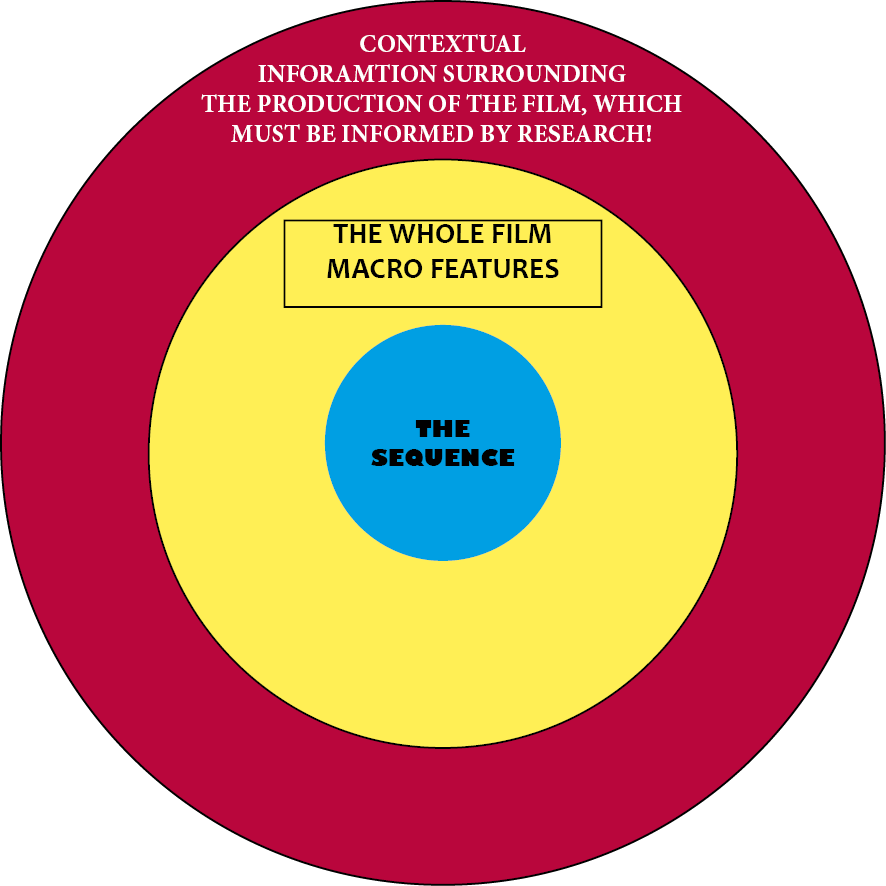Your initial proposal
Please complete this form prior to our lesson on Monday
Group Meeting
I will be meeting with groups of students studying each film early this week.
 Your work is assessed in three areas:
Your work is assessed in three areas:
- Cultural / historical / institutional context surrounding the film (8 marks)
- Your analysis of how meaning is constructed in your 5 minute scene (12 marks)
- How these micro features link to macro features in the whole film (8 marks)
For a reminder of the assessment and marked exemplar, please click here.
The meeting agenda will be:
- To share research sources
- Everyone should have at least one beyond those which I gave you.
- To clarify the important cultural context surrounding each film
- To identify key features of the whole film:
- Genre
- Representation
- Narrative
- Structure
- Character journey
- Themes & Conflict
- Motifs
During the rest of the week you should be completing a close micro analysis of your sequence…
So, let’s get down with the micro…
This is a process that you should be familiar with:
- Identify specific examples of production techniques:
- Cinematography
- Editing
- Sound
- Mise-en-scene
- These examples must be named with a technical term
- Analyse the impact that technique, in combination with others, on the audience?
- How do ‘we’ read the sequence?
- Evaluate how these micro features relate to the whole film
Studying the sequence
You should watch the sequence a minimum of five times.

- The first watch without stopping to get a clear gist of the sequence and place it the narrative context of the whole film.
- The second and third time should be a stop start screening, where you are looking for specific examples of the film element you are focusing on.
- You should also consider the immediate emotional impact of the technique (in combination with other micro areas) on the spectator.
- The fourth time should be to consider the representation of the characters. What do we now know about the characters that we didn’t know at the beginning of the scene?
- The fifth is to try and think about the scene within the whole film how does it contribute to the development of the characters and themes within the whole film
Help Sheets
Here are note making documents to help you as you watch the sequence



